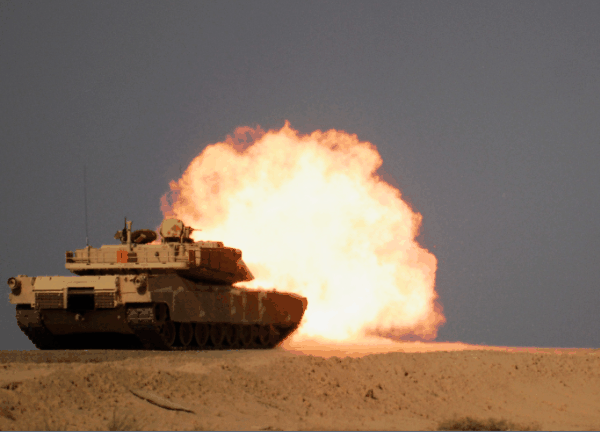From 1 August to 31 August 2017, the United Nations Support Mission in Libya (UNSMIL) documented 21 civilian casualties - 7 deaths and 14 injuries – during the conduct of hostilities across Libya. Victims included 6 men killed and 13 injured, and 1 boy killed and 1 boy injured.
Civilian Casualties
The majority of civilian casualties were caused by explosive remnants of war (ERWs, 3 deaths and 6 injuries), followed by gunfire (4 deaths and 2 injuries) and other explosives (6 injuries).
UNSMIL documented 4 deaths and 14 injuries in Benghazi, 2 deaths in Jufra, 1 death in al-Zawiya.
The civilian casualties included 2 men killed and 5 injured, and 1 child killed and 1 injured by ERWs in Benghazi between 18 and 27 August, demonstrating the threats posed by mines and other ERWs for civilians returning home to conflict-affected areas, such as Sabry. In Benghazi, a man was killed in crossfire on 27 August, and 2 men injured by stray bullets on 26 and 27 August, respectively. On 4 August, 6 men were injured in an explosion of an Improvised Explosive Device (IED) near a local mosque in the neighbourhood of Sidi Faraj in Benghazi.
On 23 August, 2 civilian men were killed by gunfire in an attack by the so-called Islamic State in Syria and the Levant (ISIL) on a checkpoint of the Libyan National Army (LNA) in Fuqaha, in the province of Jufra.
On 13 August, a man driving in the al-Harsha neighbourhood of al-Zawiya was chased by members of a local armed group and shot dead.
Civilian Facilities
On 24 August, a medical centre in Qubayba, west of Sirte, was robbed of an air-conditioner by unknown perpetrators.
Attribution
The so-called ISIL claimed responsibility for the attack on Fuqaha on 23 August.
The Benghazi Revolutionaries Shura Council and allies are believed to have been responsible for leaving mines and other ERWs in areas of Benghazi they controlled, such as Sabry, prior to their retreat.
UNSMIL was unable to determine with certainty which parties to the conflict had caused the other civilian casualties in August
Other Casualties
On 7 August, the bodies of 6 men were found in the area of Shibna in Benghazi. At least two of the men bore gunshot wounds and torture marks on their bodies. Both were seized by unknown armed men, in April and July 2017, respectively, in Benghazi neighbourhoods then and still controlled by the LNA and its allies.
On 12 August, an 18-month-old girl from Derna died after battling a high fever. Her relatives were reportedly unable to bring her to a hospital in time, due to the lack of fuel. The LNA imposed restrictions on the freedom of movement of civilians in and out of Derna, and banned the entry of fuel, some foodstuffs and other essentials, following the killing of an LNA pilot captured in Derna on 29 July 2017.
On 23 August, 3 men sustained gunshot wounds during an armed brawl in the Sahari Bank in Sabha. In the course of August, several disputes at banks were observed as Libyans struggled to access liquidity ahead of Eid al-Adha.
Note
The figures for civilian casualties set out above only include persons killed or injured in the course of hostilities and who were not directly participating in the hostilities. The figures do not include those casualties that are not a direct result of hostilities, for example executions after capture, torture or abductions, or casualties caused as an indirect consequence of hostilities. The figures are based on information UNSMIL has gathered and cross-checked from a broad range of sources in Libya, including human rights defenders, civil society, current and former officials, employees of local governments, community leaders and members, witnesses, others directly affected and media reports. In order to assess the credibility of information obtained, where possible, UNSMIL reviewed documentary information, including medical records, forensic reports and photographic evidence.
The figures are only those that UNSMIL was able to document in the reporting period. They are not likely to be complete and may change as new information emerges about incidents involving civilian casualties that took place during this period.
Similarly, while UNSMIL has systematically tried to ensure that the cases it documented are based on credible information, further verification would be required to attain a higher standard of proof. Due to the security situation, UNSMIL has not been able to carry out direct site visits to all relevant locations in Libya to obtain information. Fear of reprisals against sources further hamper information gathering.
While not all actions leading to civilian casualties breach international humanitarian law, UNSMIL reminds all parties to the conflict that they are under an obligation to target only military objectives. Direct attacks on civilians as well as indiscriminate attacks – which do not distinguish between civilians and fighters – are prohibited. Attacks that are expected to cause incidental loss of civilian life, injury to civilians and damage to civilian objects excessive to the anticipated concrete and direct military advantage are also prohibited. Such attacks amount to war crimes that can be prosecuted by the International Criminal Court.
In order to ensure greater protection of the civilian population and essential infrastructure, all parties engaged in fighting in Libya must cease the use of mortars and other indirect weapons and imprecise aerial bombardments in civilian-populated areas, and not place fighters or other military objectives in populated areas. All executions of captives must cease and all those captured including fighters must be treated humanely in all circumstances. Murdering or torturing captives is also a war crime, regardless of what the captive may be accused of.
(Source: UNSMIL)





